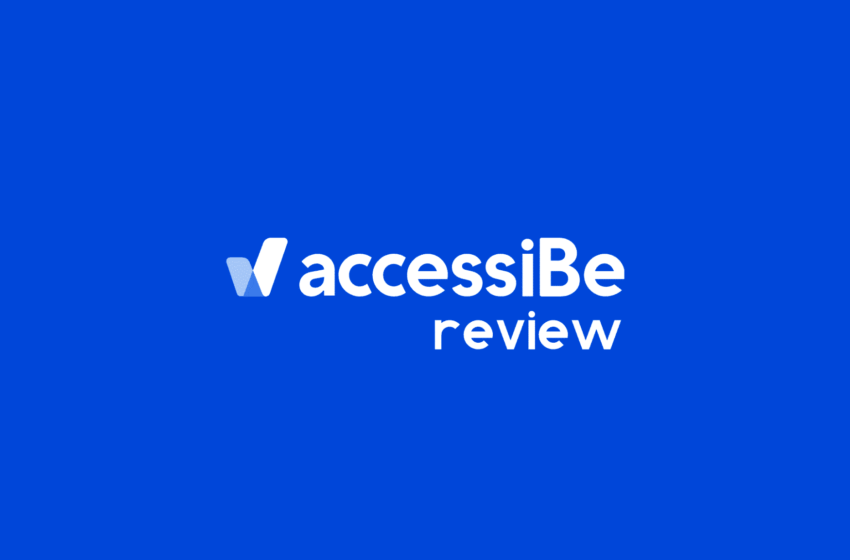
A Few Things to Consider for Ensure Accessible Navigation – AccessiBe
There are various factors to take into consultation to ensure web accessibility. One of the most impotent aspects of accessibility is accessible navigation. In this article, we will discuss a few basics of accessible navigation and how to achieve it. Once you take care of the need for accessibility from the beginning of web development, it becomes easier to achieve it.
- Basics of accessible navigation – AccessiBe
Let us explore some expert tips for confirming accessible navigation by the AccessiBe consultants. The primary guidelines for compliant web development are as per the WCAG standards. Some of the top guidelines are:
- Layout of all elements on a web page must be consistent on every page.
- There should be descriptive and unique page titles for each page.
- Usage of nested heading is essential to structure the document.
- Here should be a link to different content on top of every page.
- Ensure that the link description text is given.
- The menu should be accessible and consistent across the website.
People with disabilities may use various methods for navigating through a website. Those who use the assistive devices may use the page title, skip to content links, shortcut menus, list of headers on the page, and HTML5 and the ARIA landmarks. They may also use the site maps and menus to gather information about the page content and navigate it.
- What to achieve?
Navigating through an unfamiliar website may be challenging to anyone. It may not be easy when the layout is not made according to the standards. For users with physical or motor disabilities, any inconsistency in the page layout may make navigating challenging and frustrated. Users of screen readers may also benefit greatly when the form of the websites remains the same on all pages. With the menus, headers, sidebars, search bars, and footer information being kept at the same position on every page, navigation can be made unique and easily accessible.
Always make sure that the page titles are unique and descriptive. The <title> element has to be placed inside the <head> of the page. Even though this may not be displayed on the page, the search engines and screen readers will use the document title and address bar on the tab. In most cases, the title is kept the same as the <H1> header element. The first thing any screen reader may notice is the page title. So, it must be clear and informative to give a brief idea about the page content. Page titles will help the users identify the page’s content and distinguish it from other pages so that there is no confusion for users with disabilities.
A final tip from AccessiBe is that the headings also must follow a logical structure and not just to ensure the visual effects. You may put the HTML headings logically, which offers meaning but only when the text is marked up properly. Also, do not use any bold in place of the heading. While using the header tags H1 through H5, do not skip anything in between.







![[pii_pn_db8b3567be830b8c] Error Code](https://esolutionhow.com/wp-content/uploads/2023/04/Pii-Errors-pii_email_-4-350x230.png)
![[pii_pn_bb456fe8f133f213] Error Code](https://esolutionhow.com/wp-content/uploads/2022/12/Outlook-Error-Code-pii_email_1a85c09ee7a236c446b6-How-To-Fix-it-350x230.jpg)
![[pii_pn_8a68e8c174733080624b] Fix Outlook Error Code](https://esolutionhow.com/wp-content/uploads/2023/04/Pii-Errors-pii_email_-7-350x230.png)